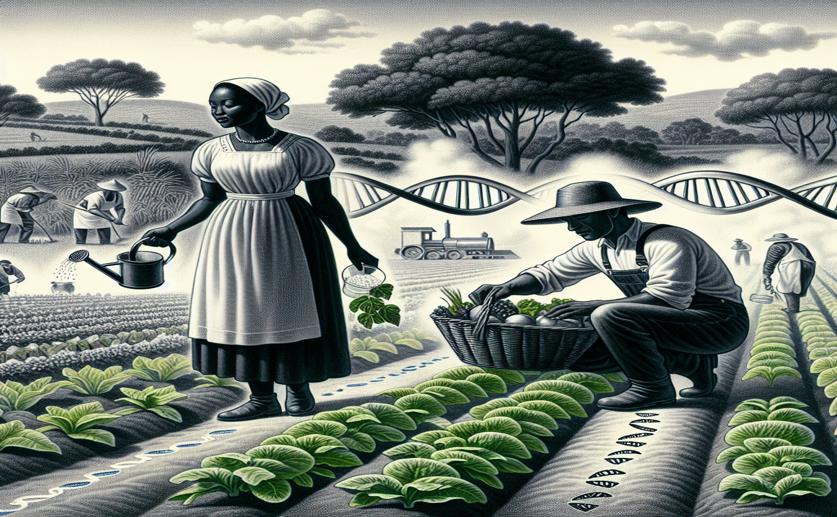
Farmers' DNA Damage Linked to Farming Chemicals Detected
Jenn Hoskins
4th March, 2024

Image Source: Natural Science News, 2024
Key Findings
- In Normandy, France, some female farmers showed more DNA damage linked to long-term herbicide use and equipment cleaning
- Larger meadow areas and poultry presence on farms were tied to less DNA damage in these women
- Surprisingly, female smokers and ex-smokers had less DNA damage than non-smokers
References
Main Study
1) Agricultural exposures and DNA damage in PBMC of female farmers measured using the alkaline comet assay.
Published 2nd March, 2024
https://doi.org/10.1007/s00420-024-02049-z
Related Studies
2) Colorectal cancer among farmers in the AGRICAN cohort study.
3) Agricultural exposure and risk of soft tissue sarcomas and gastrointestinal stromal sarcoma in the AGRIculture and CANcer (AGRICAN) cohort.
4) Occupational exposure to pesticides: Genetic danger to farmworkers and manufacturing workers - A meta-analytical review.
5) Minimum Information for Reporting on the Comet Assay (MIRCA): recommendations for describing comet assay procedures and results.



 28th January, 2024 | David Palenski
28th January, 2024 | David Palenski